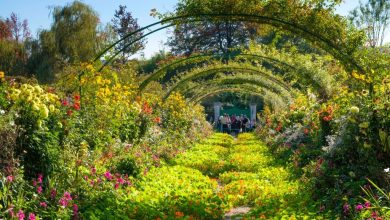How to Plant a Custard Apple Tree: [Complete Step-by-Step Guide]
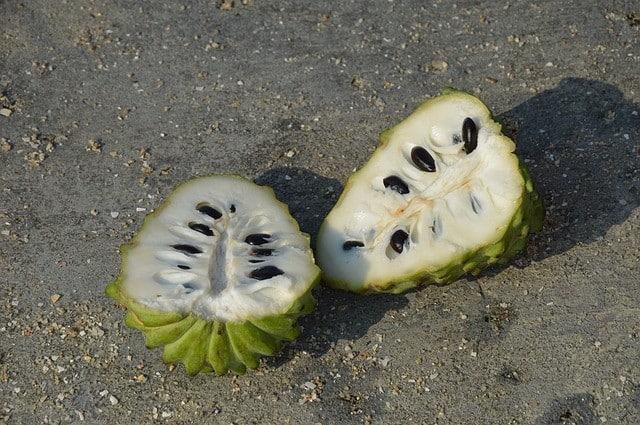
Personally, I am lucky to have a custard apple tree.
It is a very grateful tree , because it needs little care, it bears many fruits and a good shade.
Spain is the world’s leading producer of this unique fruit . It holds 80% of the total, even though this plant is native to South America (between Peru and Ecuador) it has adapted perfectly to the climate and soils of Granada, Malaga and the Canary Islands.
It is believed to be native to western India, but it was taken to Central America and later reached the south of the American continent, being that it is currently very popular in Peru and Brazil . Chile is the second largest producer in the world.
- When? During the spring . Although it can be done at any time if the weather is appropriate (without sudden variations in temperature).

- Where? It needs a lot of water, so if you have a source or natural stream, it will grow very strongly and very fast. Otherwise, in a place where it receives good sunlight and the soil is rich in nutrients.
- As it grows? Thecustard apple tree , if the right conditions are met, grows very fast.
- How many fruits can it bear? A single tree can produce between 34-45 kg of fruit per year.
- How do we water? It is ideal to irrigate by dripping or by micro-sprinkling. The important thing is not to flood.
- What favorable associations does it have? yuccas , bougainvillea , yours, palm trees and even poinsettias, avocado or papaya .
- Plagues and diseases? The chalcid fly, Diplodia annonae.
When to plant custard apple?
In spring, This is usually the most successful pollination season for cherimoya.
Where to plant a custard apple?
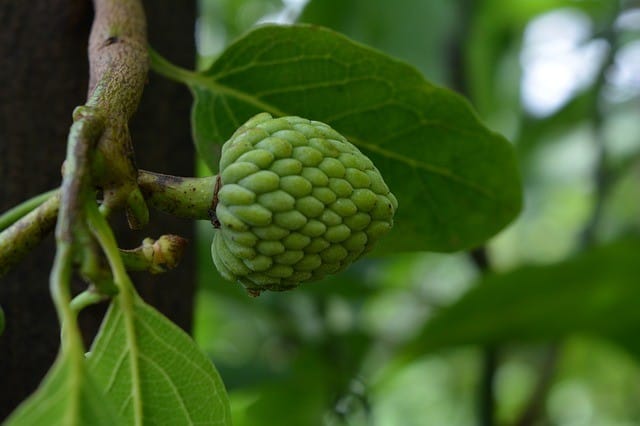 Once the custard apple seed germinates , the tree is fast growing and responds very well to organic fertilizers and frequent watering as long as it develops in dry weather during the growing period.
Once the custard apple seed germinates , the tree is fast growing and responds very well to organic fertilizers and frequent watering as long as it develops in dry weather during the growing period.
The climate that most It is favored by the humid subtropical. If this environment is permanent, we can plant custard apples throughout the year , because they like stable climates where there are no sudden changes in temperature.
How do we prepare the land for the cultivation of custard apples?
Actually, custard apple adapts very well to different types of soils . But it can also be said that it does much better in drained loam soils rich in organic matter ( animal manure ).
It does not support, yes, flooded soils and the PH must be constantly monitored , because alkalinity generates chlorosis very quickly.
Soils must be kept neutral.
The harvest period begins in late winter and lasts until spring.
A single tree can produce between 34 to 45 kgs of fruit per year and they are harvested when they have lost their green color , so that it matures without cracks so that it is sold in the markets, where it is very appetizing due to its sweetness and a large amount of vitamins, especially minerals and calcium .
When the fruit ripens it is very soft to the touch . The central stalk can be tamely removed and the white inner flesh is easily separated from the skin. You can also make smoothies and ice creams with the sweet pulp.
How do we water the custard apple tree?
The water consumption in this plant is very high due to the effect of the so-called evapotranspiration of the crop.
Micro- sprinkler localized irrigation is the most convenient . Significantly reduces waterlogging of substrates .
How to sow custard apples step by step?
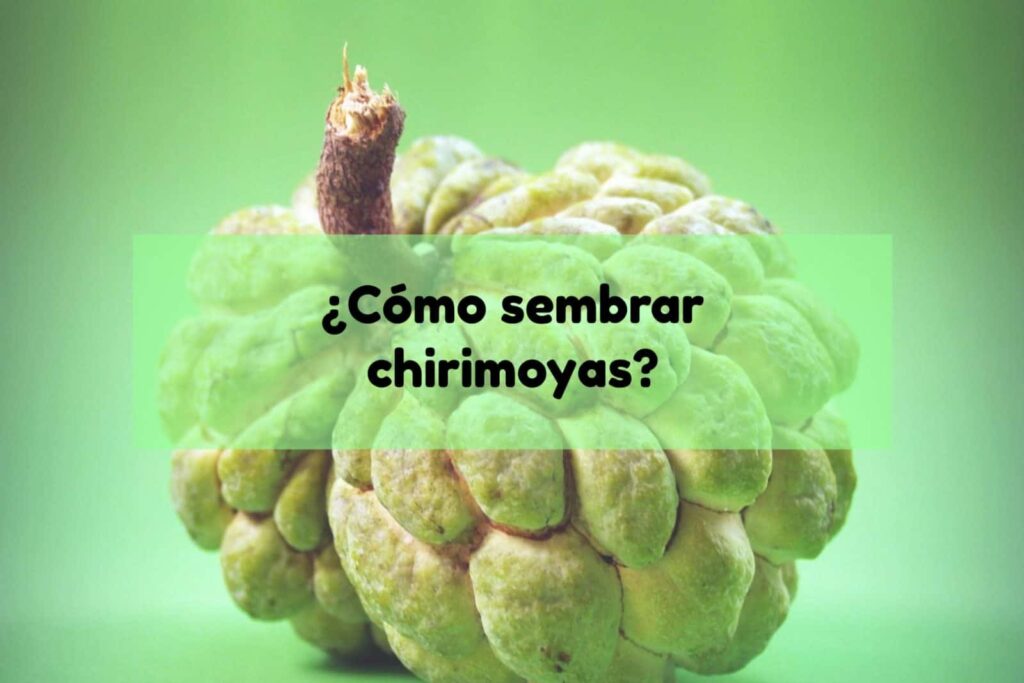 The manual pollination process is the most suitable and excellent results to obtain sweet and fleshy fruits . Human intervention is key because the same flower cannot be pollinated with the same pollen.
The manual pollination process is the most suitable and excellent results to obtain sweet and fleshy fruits . Human intervention is key because the same flower cannot be pollinated with the same pollen.
And it is that the flower presents the phenomenon of dicogamy , characterized in that they can be male or female at any time of the day so pollination is difficult and that is why it must be done manually and induced.
Another downside is that its flowers are not attractive to insects that do the reproductive work.
It also presents difficulties because this plant of the so-called genus anona includes in its seeds a germination inhibitor, so it is not so easy to make it germinate.
But the good news is that the success rate is above 60%.
Steps to follow:
- Collect the pollen manually, together with the stamens of the flowers in the male phase.
- It is stored in a cold environment, after collecting pollen from 5:00 p.m. in the afternoon.
- Deposit with the help of a brush, the pollen in the pistils of the flowers in the female phase, during the first hours of the morning.
- The temperature should be kept around 25 ° C.
- Flowering usually occurs in late spring and early summer , depending on the weather. Once this task has been completed, the fruit will develop until it reaches its full maturity in the fall .
What favorable associations does it have?
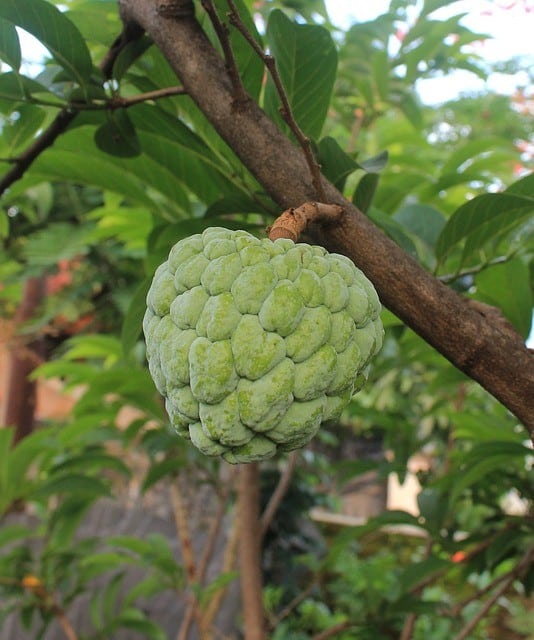 Since pre – Columbian times, already they had been practicing Chirimoya associations with plants of yuccas , bougainvillea , yours, palm trees and even poinsettias .
Since pre – Columbian times, already they had been practicing Chirimoya associations with plants of yuccas , bougainvillea , yours, palm trees and even poinsettias .
Later, flavors of custard apple , avocado or papaya were incorporated into European cuisine .
The versatility of uses of Cherimoya is very, very varied . The leaves have come to be used in leather tanning and are it also extracts a blue or black dye .
In some areas, its soft but very durable yellow wood is used to make oxen yokes.
Another incredible use is associated with medicinal properties . The immature fruit has high concentrations of tannin . It is dried, pulverized and its use is effective as an antidiarrheal and against dysentery. They also use the bark for its astringent qualities when it is cooked.
There are even those who place fragments of the bark on their gums, when they have a toothache at inappropriate times to go to the dentist.
Pruning the custard apple
The pruning of the custard apple will be carried out in the first three years. The objective of this is to ensure that the tree has a suitable structure that allows it to withstand the different branches and inclement weather.
We will focus on doing a low glass pruning on the 3-6 main branches, which are approximately 1 meter high. In this way, the problems caused by the wind will decrease and the harvesting of the fruits will be facilitated.
The maintenance pruning that will be done after three years will be mainly focused on eliminating dry branches and also interior branches that prevent the passage of air and light (for photosynthesis ).
What pests and diseases does it have?
To delve into this topic: Custard apple pests and diseases.
Suffer relentless attacks from the chalcid fly, where its fruits do not finish maturing because they are mummified.
It also suffers from attacks from the fungus identified as Diplodia annonae , capable of infecting the stem of the fruit until it completely covers it.
In India the fruits before ripening have to be protected with bags or very dense nets to prevent damage caused by fruit bats.

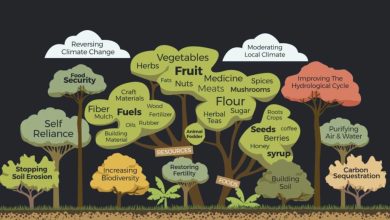
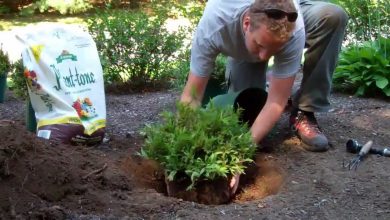
![Photo of What Diseases and Pests Attack the Cherry Tree? [Identify and Treat]](https://www.complete-gardening.com/wp-content/uploads/2021/06/cómo-plantar-cerezo-390x220.png)
